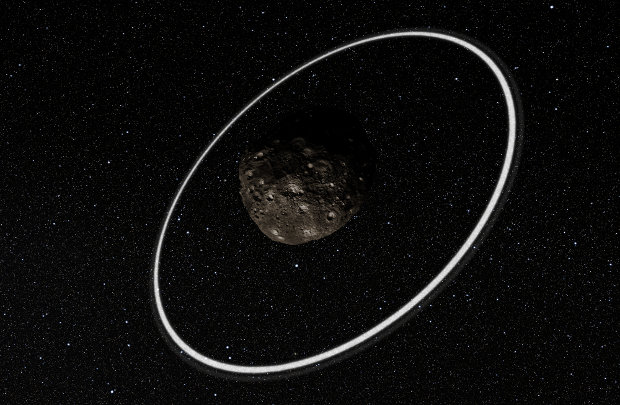
March 2014

R.I.P. Kate O’Mara

Maybe there were large predators in the oceans soon after the great Permian extinction
About 252 million years ago the largest extinction in history happened at the end of the Permian period. About 90% of marine life disappeared in a relatively short period and so far paleontologists believed that it took around 8-9 million years before, in the Triassic period, large predators reappeared. Now a study of a group of paleontologists led by Torsten Scheyer and Carlo Romano of the University of Zurich, Switzerland, claims that new predators quickly emerged at the beginning of the Triassic.

Chariklo is an asteroid with rings
Seven astronomical observatories in South America, including the 1.54-meter Danish telescope and the TRAPPIST telescope at ESO’s La Silla Observatory, allowed to discover that the asteroid 10199 Chariklo has two rings of dust and other particles. So far, rings were found only around the major planets: Jupiter, Saturn, Uranus and Neptune.

The arrival of three new astronauts on the International Space Station completes the Expedition 39 crew
A few hours ago the spacecraft Soyuz TMA- 12M, which lifted off a little over two days ago from the Baikonur Cosmodrome in Kazakhstan, has reached the International Space Station carrying three new crew members. The Soyuz was expected to use the fast trajectory regularly used but a sheduled thruster burn didn’t occur and that didn’t allow the spaceship to take the correct route. It was no longer possible to make a course correction so the Soyuz used the backup trajectory, normally used until a couple of years ago, which requires about two days of travel.

